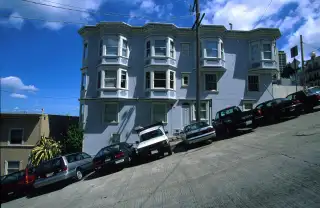These Are the 10 Cities Where Inequality Is Increasing the Fastest

Sure enough, the rich keep getting richer. In fact, a new report indicates that the income gap between rich and middle-class workers has grown—in many cases, at an astonishing pace—in nearly every major U.S. city in recent years.
According to Census data crunched by Bloomberg, the gap between America's wealthiest households (the top 5 percent of income earners) and middle-class ones (the middle-20 percent) grew in 96 of the 100 largest American metropolitan areas between 2010 and 2015.
For the U.S. as a whole, this gap widened by $58,800 from 2010 to 2015. As of 2015, someone in the top 5 percent of earners was making an average of $308,600 more than a counterpart in the middle-class.
Here are the 10 cities with the biggest changes in their upper- versus middle-income gaps. In some cases, income inequality has grown so swiftly that the gap now measures around $500,000 or more:
- San Francisco: $142,300 (Size of 2015 gap: $492,00)
- San Jose: $122,100 (Size of 2015 gap: $468,600)
- Grand Rapids: $99,300 (Size of 2015 gap: $282,800)
- Austin: $97,100 (Size of 2015 gap: $357,900)
- Des Moines: $90,500 (Size of 2015 gap: $293,800)
- Seattle: $85,200 (Size of 2015 gap: $344,600)
- Bridgeport: $81,300 (Size of 2015 gap: $691,700)
- Charleston: $80,100 (Size of 2015 gap: $302,800)
- Denver: $80,000 (Size of 2015 gap: $347,100)
- Dallas: $77,700 (Size of 2015 gap: $344,000)
The gap also widened between the top 20 percent and bottom 20 percent households in all 100 metropolitan statistical areas. Here, the gap widened by $29,200, and now measures $189,600.